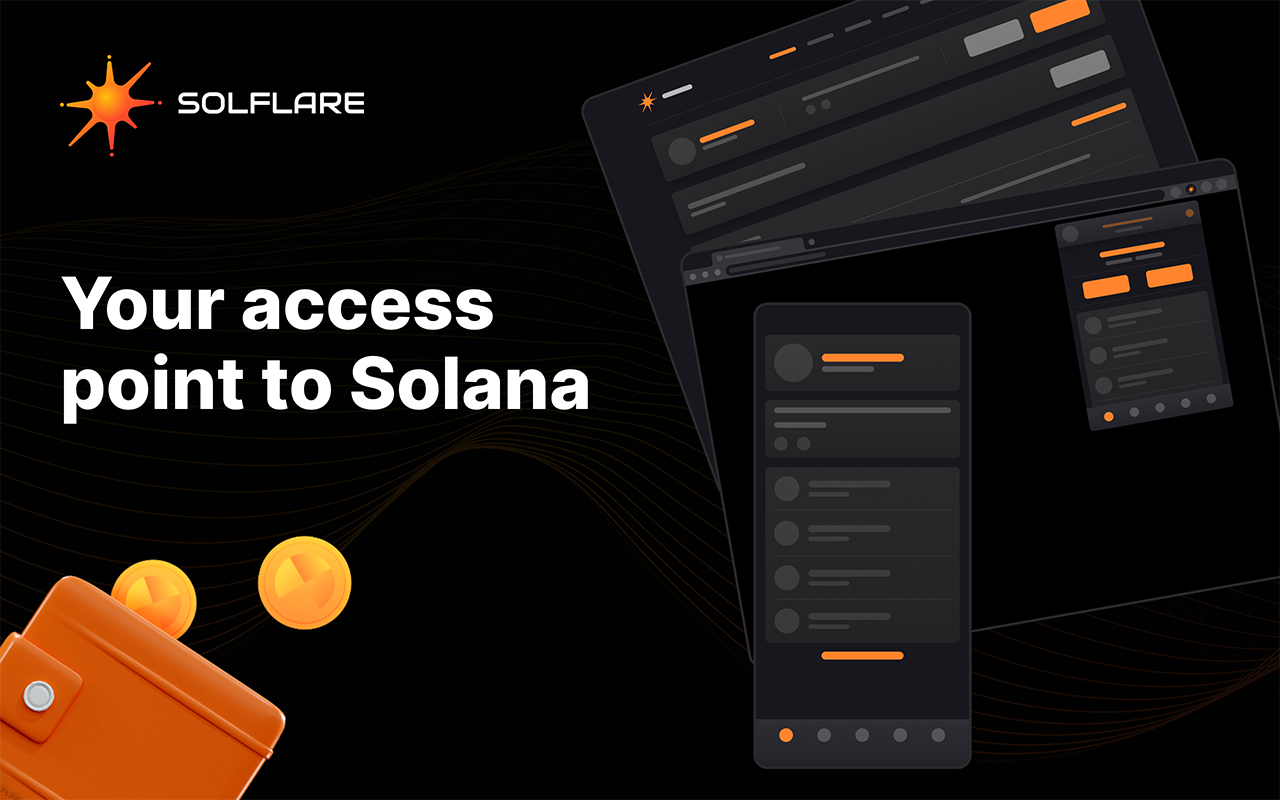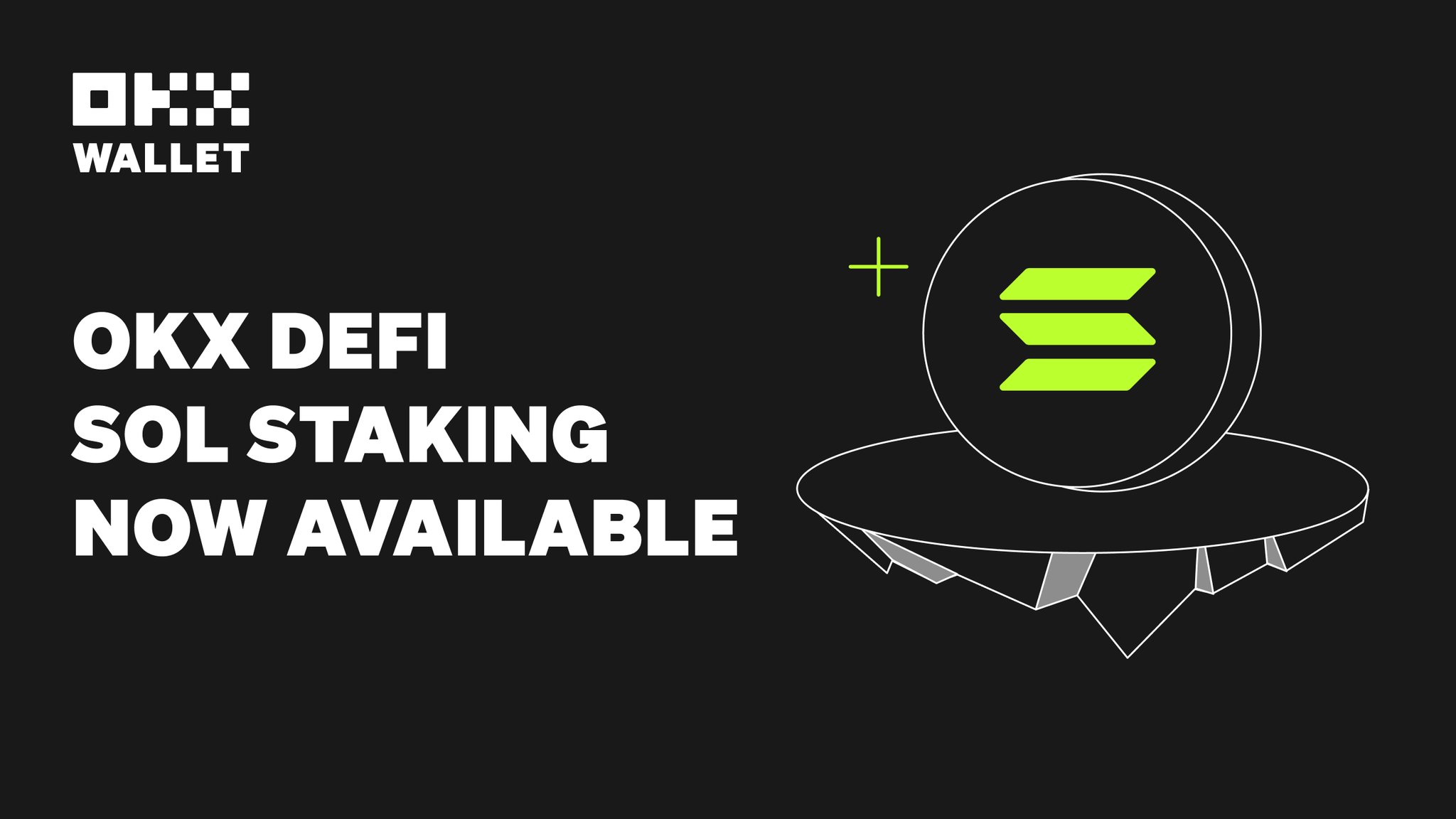As the decentralized finance (DeFi) landscape continues to grow in 2024, Solana (SOL) has emerged as a prominent contender, captivating the imagination with its promise of lightning-fast transactions and negligible fees. Yet, unlocking the true potential of this dynamic blockchain necessitates venturing beyond mere token ownership. The key lies in the act of staking your Solana tokens.
However, navigating the intricate web of available platforms and staking pools can be a daunting task for even the most seasoned investor. This informative blog post unveils the seven most compelling platforms for staking Solana in 2024. Through a meticulous analysis of factors like security, convenience, staking rewards, and platform reputation, we empower you to make informed decisions and maximize your returns within the dynamic ecosystem of Solana.
Best Solana staking platforms of 2024
Let’s get straight to it and uncover the top platforms to stake your SOL.
1. Solflare


Maximizing SOL gains – Image via Solflare
Solflare is a popular non-custodial wallet tailored for the Solana blockchain. The platform boasts features like direct staking of SOL coins and support for both visual and audio non-fungible tokens (NFTs). It is accessible through web versions, browser extensions, and a mobile wallet, offering flexibility and convenience for users.
It is highly regarded for its security, as users are the sole holders of their private keys, ensuring no third-party access. Additionally, Solflare offers transaction simulations. This allows users to see what leaves their wallet before confirming a transaction.
It also supports Ledger hardware wallets for increased safety. Moreover, it features anti-phishing measures to warn users about potentially malicious websites, ensuring a secure experience for interacting with Solana decentralized applications (dApps).
Solflare demonstrates its robust platform usage with $7.31 billion in value staked through it, involving 72.50 million in stake accounts. This showcases the platform’s significant role in the Solana ecosystem and user trust in its staking services.
Understand the future potential of your investment by exploring our latest Solana price prediction.
2. Marinade finance


Staking via Marinade – Image via Marinade finance
Marinade Finance is an automated staking platform. It stands out in the DeFi space with its unique approach to Solana staking. Users have the option to engage in traditional staking or liquid staking with Marinade, which pools funds into a collective of over 100 high-performing validators chosen through a formula geared towards maximizing performance and decentralization.
Opting for liquid staking allows users to receive mSOL, a token representing their staked SOL in liquid form, which can then be utilized within various DeFi applications. Notably, Marinade ensures security by limiting exposure to smart contract risks.
Marinade Finance offers a staking annual percentage yield (APY) of 7.05%. The platform has successfully attracted substantial interest, reflected in its $1.09 billion total value locked (TVL) and 10,788,875 SOL staked. Furthermore, Marinade boasts a user base of 107,548 accounts.
3. Kraken


Crypto exchange for staking SOL – Image via Kraken
Kraken is a popular centralized cryptocurrency exchange known for its reliability and efficiency. With over 10 million clients across 190+ countries, it offers a user-friendly experience for both beginners and experienced traders.
Users can start trading with just $10 and access a wide range of over 200 cryptocurrencies. Kraken also supports staking, with 12+ assets available, offering potential yearly rewards of up to 24%. Solana staking, for example, provides an APY of 2-4%, with payouts occurring 1-2 times a week and no lock-up periods.
Kraken’s integrated exchange features allow users to manage staking, trading, and more with a single login. It also features a robust support center to answer common queries and a live chat feature to enhance customer satisfaction.
Expand your understanding of staking in the crypto world by learning about earning passive income through Ethereum 2.0 staking.
4. OKX


Staking SOL on OKX – Image via OKX
OKX is a prominent cryptocurrency exchange offering an annual percentage return (APR) of 7.34% on Solana staking. The platform has a TVL of $14.66 million in SOL. Moreover, it allows users to start staking with as little as 0.01 SOL, catering to a wide range of investors.
The platform streamlines the earning process by automatically distributing staking rewards after each period (2-3 days). This eliminates the need for users to claim rewards manually. This feature ensures a hassle-free and efficient staking experience for all users on the platform.
OKX is recognized for its comprehensive trading services, offering spot, futures, and margin trading, among other financial products. It supports a wide array of cryptocurrencies beyond Solana, providing users with a diverse investment portfolio.
5. Coinbase


Top five centralized exchanges – Image via Coinbase
Here’s a detailed step-by-step guide to help you through the process of staking SOL:
Step 1: Choose your staking method
When staking SOL tokens, there are several methods available. Here are some common ones:
- Solo staking: This is where you run your own validator node. It requires technical know-how, hardware investment, and continuous management but offers full control and potentially higher rewards due to not sharing them with others.
- Staking pools: Participating in a staking pool means you’re pooling your SOL with other token holders and staking it collectively. This is generally managed by a third party, reducing the technical barrier for individual stakers. Rewards are shared among participants based on their contributions.
- Exchange staking: Some cryptocurrency exchanges offer staking services where you simply stake your SOL through the platform. It’s user-friendly and doesn’t require technical knowledge, but you should be aware of the security and centralization risks of leaving your tokens in the custody of an exchange.
- Liquid staking: This method allows you to stake your tokens while receiving a liquid token in return, representing your staked value. This liquid token can often be used for other DeFi activities, providing liquidity while still earning staking rewards.
Each method has its own risk, reward, and commitment level, so it’s crucial to do your research and consider what fits best with your investment strategy, technical ability, and risk tolerance.
Step 2: Select a wallet that supports SOL
Choose a wallet that supports Solana and staking, like Phantom, Solflare, or Ledger. Download the wallet application and securely set it up. Remember to store your seed phrase safely.
Step 3: Buy SOL
If you don’t already own SOL, you can purchase it from a cryptocurrency exchange such as Binance, Coinbase, or Kraken. After purchasing, transfer the SOL to your chosen wallet.
Step 4: Set up a staking account
Start by accessing the staking section within your chosen wallet. Then, create a new staking account, following the wallet’s prompts. Finally, transfer the desired amount of SOL from your wallet to the newly created staking account
Step 5: Choose a Solana validator
Validators are nodes that process transactions and run the blockchain. Look for a validator with a good track record, reasonable fees, and is geographically distributed to ensure network resilience.
Step 6: Delegate your SOL
To delegate your SOL:
- Identify the validator’s delegation address within your wallet interface.
- Select the delegation option and enter the validator’s address.
- Specify the amount of SOL you want to delegate.
- Review and confirm the transaction. Note that your SOL tokens will be locked up for a period.
Step 7: Earning SOL rewards
Your stake will need to go through an activation period. Once it is active, you’ll start earning rewards. These rewards are typically distributed every epoch and can be auto-staked or transferred to your wallet, depending on your settings.
Regularly check your staking status and the performance of your validator. You can unstake, restake, or add more SOL to your staking to adjust your investments.
Step 8: Unstaking SOL
If you decide to unstake your SOL:
- Initiate unstake: Go to your wallet and initiate an unstake transaction.
- Cooling-off period: There’s a cooldown period (usually another epoch) before your SOL becomes liquid again.
- Withdraw SOL: After the cooldown, withdraw your SOL to your wallet.
Gain perspective on cryptocurrency investments by reading about the outcomes of investing $1000 in the top 5 cryptocurrencies at the start of 2023.
Summing up
Staking your SOL tokens transcends the pursuit of mere passive income. It represents a conscious act of participation, a contribution to the robust infrastructure that underpins Solana’s revolutionary potential. By selecting the optimal platform, you not only secure attractive yields but also actively safeguard the network’s stability. In essence, you become a stakeholder in the future of DeFi itself.
So, cast off your hesitation, choose your platform, and stake your claim in the Solana sun. Remember, thorough research, strategic diversification, and prudent staking practices are the cornerstones of success in this ever-evolving arena.





